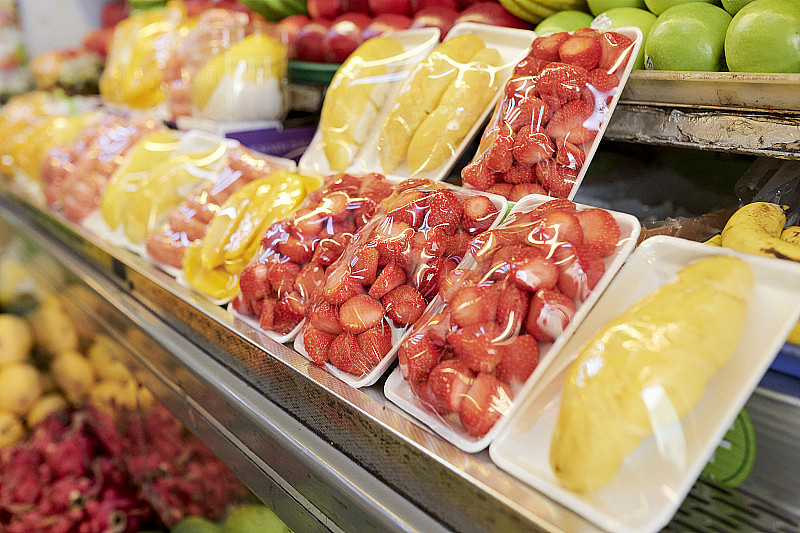Organotin heat stabilizers have good thermal stability and transparency, but the transmittance of organotin is close to that of PVC and cannot effectively protect the damaging effects of ultraviolet rays on PVC molecules. Therefore, the weather resistance is better than lead salts and various environmentally friendly (calcium zinc ) The heat stabilizer is poor, and only by adding an amount of titanium for shielding can the weather resistance requirements be met. When the calcium zinc stabilizer is compounded, the zinc soap replaces the alkenyl chloride and is accompanied by a double bond transfer. The polyene structure is destroyed and discoloration occurs. However, zinc chloride will precipitate in PVC and have a catalytic effect on HCL removal, making PVC unstable and even causing blackening and bridging. The calcium soap then reacts with the stable chlorine atoms in PVC through a metathesis reaction to regenerate the zinc chloride produced into zinc soap, thus activating the zinc soap on the one hand.
It can not only absorb HCL, but also react with allyl chloride to stabilize PVC. Representative examples are zinc soap and cadmium soap. This type of metal soap has good coloring properties in the initial stage, but when heated for a long time, the product will change color rapidly. Zinc soap, in particular, is prone to rapid deterioration, resulting in the so-called "zinc burn" phenomenon. This is because the chloride CdClZnCl2 generated during the stabilization process of zinc soap and cadmium soap is a strong Lewis acid and is the catalyst for the HCL removal reaction.



